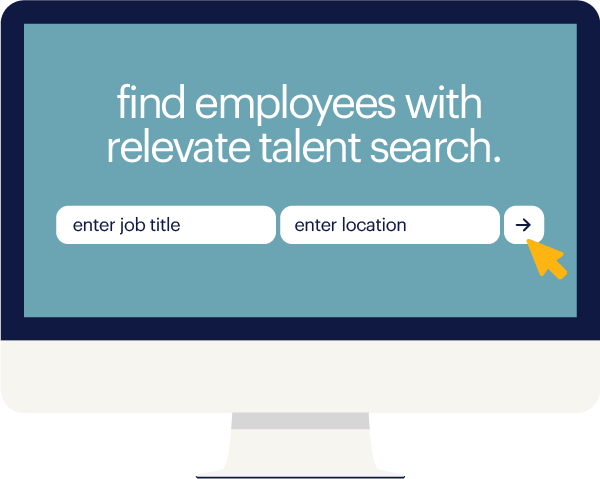2020 has been a year marked by uncertainty. What started as a booming economy in Q1 soon fell victim to COVID-19, and employers across virtually every industry were affected. But as the uncertainty lingers, one thing has never been more certain: to thrive, businesses like yours need great people. And hiring and retaining those great people starts with making the right offer.
Fortunately, there are a number of salary calculators out there to make the job simpler for you, and we've broken down how to use them here.
Paying at a competitive level can not only help you attract better candidates — it can help you retain them long-term, too:
how to establish the right pay rate
| 1. use a salary calculator to get the latest data for your market |
|
Unless your organization is already broken down into clearly defined pay grades — or even if they are and you just want to confirm the salary ranges are still competitive — then a salary calculator can be a useful tool. A salary calculator from a reputable source will be able to help you get the latest pay information for the positions you're looking to fill.
-
Find a salary calculator, preferably one that's online so you can be sure that the pay data is up to date.
-
Select the positions you intend to research, and divide them up into entry-, mid- and senior-level groupings.
-
Filter by job title, industry and location to get the most accurate results based on salaries in your area.
| 2. set an ideal range based on your results |
|
Typically, salary calculators will give you an average number to work with based on different tiers of employee experience. What you do next with that information depends on your organization and its goals.
Once you have the average pay rate for a position, start evaluating where your business would like to fall around it.
-
If you're looking to attract hard-to-find talent, then becoming a market leader and paying above the average may be wise.
-
It's generally not recommended to pay below the median unless your brand reputation is exceptionally strong or you offer market-leading benefits.
| 3. monitor salary data regularly |
|
Salary data is always changing as the hiring market fluctuates. What's competitive one quarter may only be average the next, so it's important to stay on top of the latest changes.
-
Identify positions each quarter that seem to be the most in-demand on the market — they will be your biggest churn risks.
-
Input those positions into your salary calculator, filtering by the same criteria as in step one.
-
If there are any changes, adjust your pay rates accordingly to bring yourself back into the competitive range.
partner with a staffing firm
Using a salary calculator will give you all the information you need to set your pay rates accurately. But if you don't have time to search all the positions in your organization — and keep track of them on a regular basis — then consider working with a staffing firm. Staffing firms can:
-
provide you with the latest salary data so you don't have to use a calculator on your own
-
share insights into the latest trends in worker expectations so you can provide outstanding perks and benefits to go along with pay
-
help you build a more robust employee retention strategy that goes beyond just offering competitive pay
start paying like a pro
If you follow these steps you'll be well on your way to getting your pay rates on point and keeping yourself in the running for top talent. Or if you'd like extra assistance and are looking for a staffing partner, contact us to start working together today.











